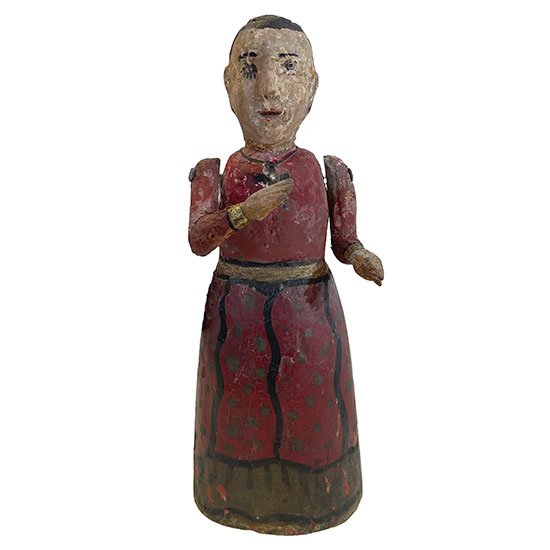 Image 1 of 5
Image 1 of 5

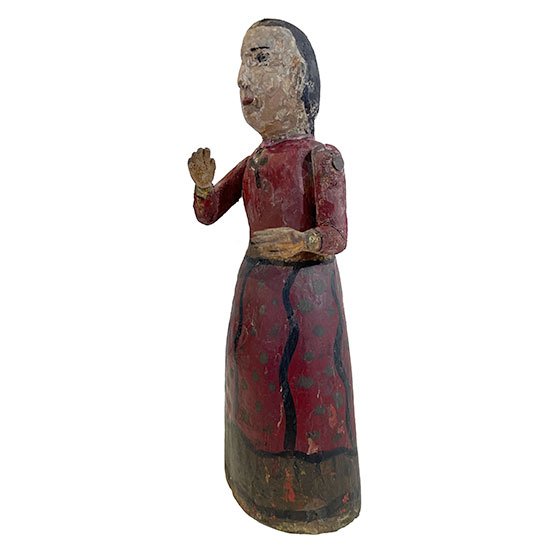 Image 2 of 5
Image 2 of 5

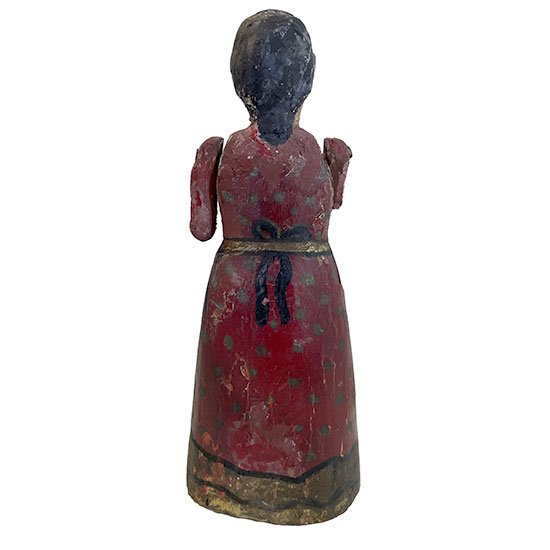 Image 3 of 5
Image 3 of 5

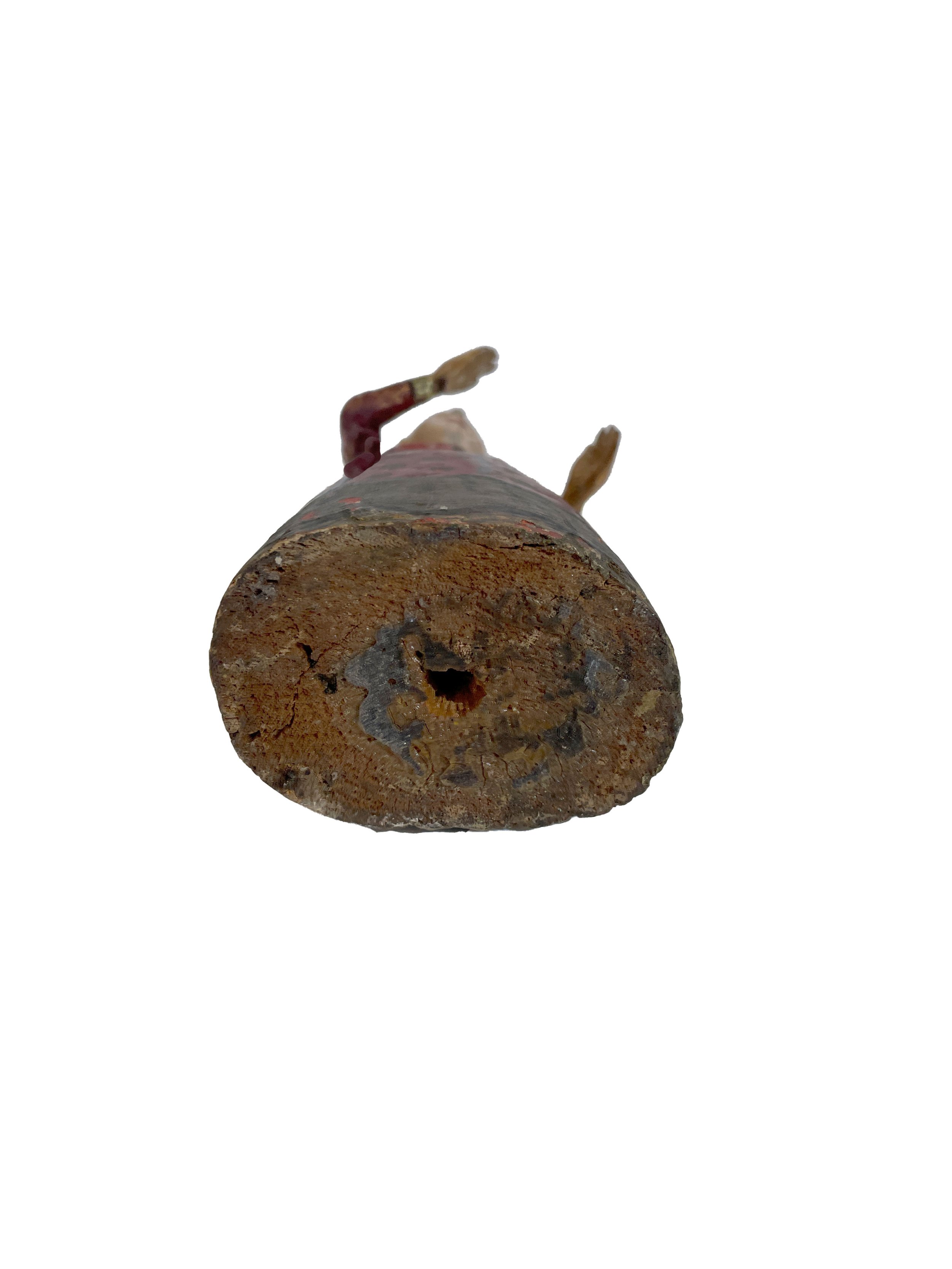 Image 4 of 5
Image 4 of 5

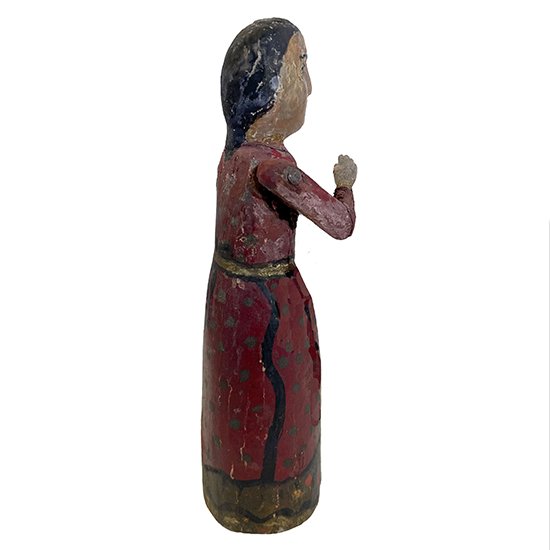 Image 5 of 5
Image 5 of 5






Santa Barbara Bulto
Here is Santa Barbara bulto (bultos, or wood carvings, and retablos, paintings on wooden panels, were made for village and Pueblo churches, home altars, and the private devotional chapels of lay brotherhoods (Penitentes) to promote and teach the Catholic religion in Spanish-speaking and Native communities, circa 1880-1900; the saint’s articulated arms, painted eyelashes, and the shapes of her facial features point to the likelihood that she was made by an artist from Santa Clara Pueblo, New Mexico. The charmingly painted details of the Saint’s dress are faithful to the style of clothing worn by women in the American West in that era. Carved from wood, painted with natural pigments with touches of gold on her belt, sleeves and hem, 7 ¼ inches tall
Here is Santa Barbara bulto (bultos, or wood carvings, and retablos, paintings on wooden panels, were made for village and Pueblo churches, home altars, and the private devotional chapels of lay brotherhoods (Penitentes) to promote and teach the Catholic religion in Spanish-speaking and Native communities, circa 1880-1900; the saint’s articulated arms, painted eyelashes, and the shapes of her facial features point to the likelihood that she was made by an artist from Santa Clara Pueblo, New Mexico. The charmingly painted details of the Saint’s dress are faithful to the style of clothing worn by women in the American West in that era. Carved from wood, painted with natural pigments with touches of gold on her belt, sleeves and hem, 7 ¼ inches tall
